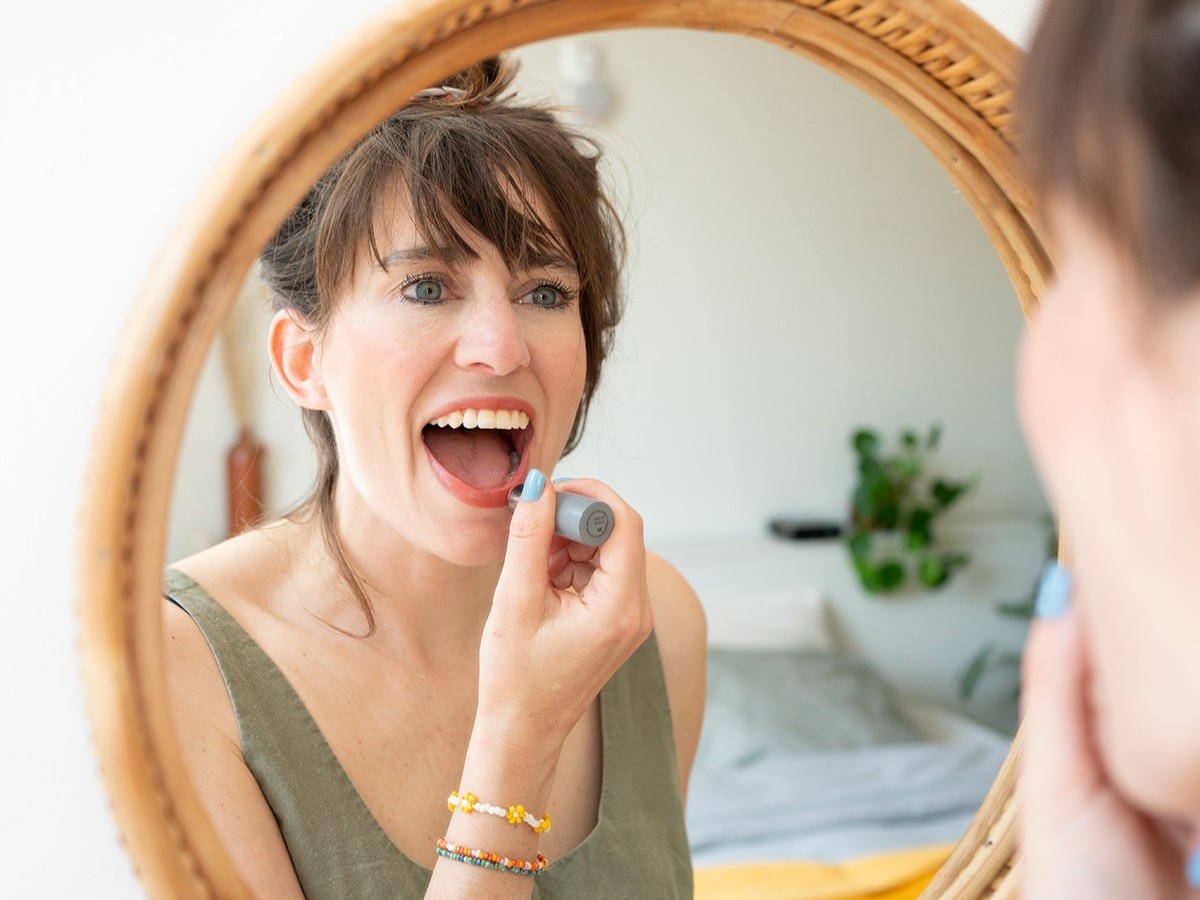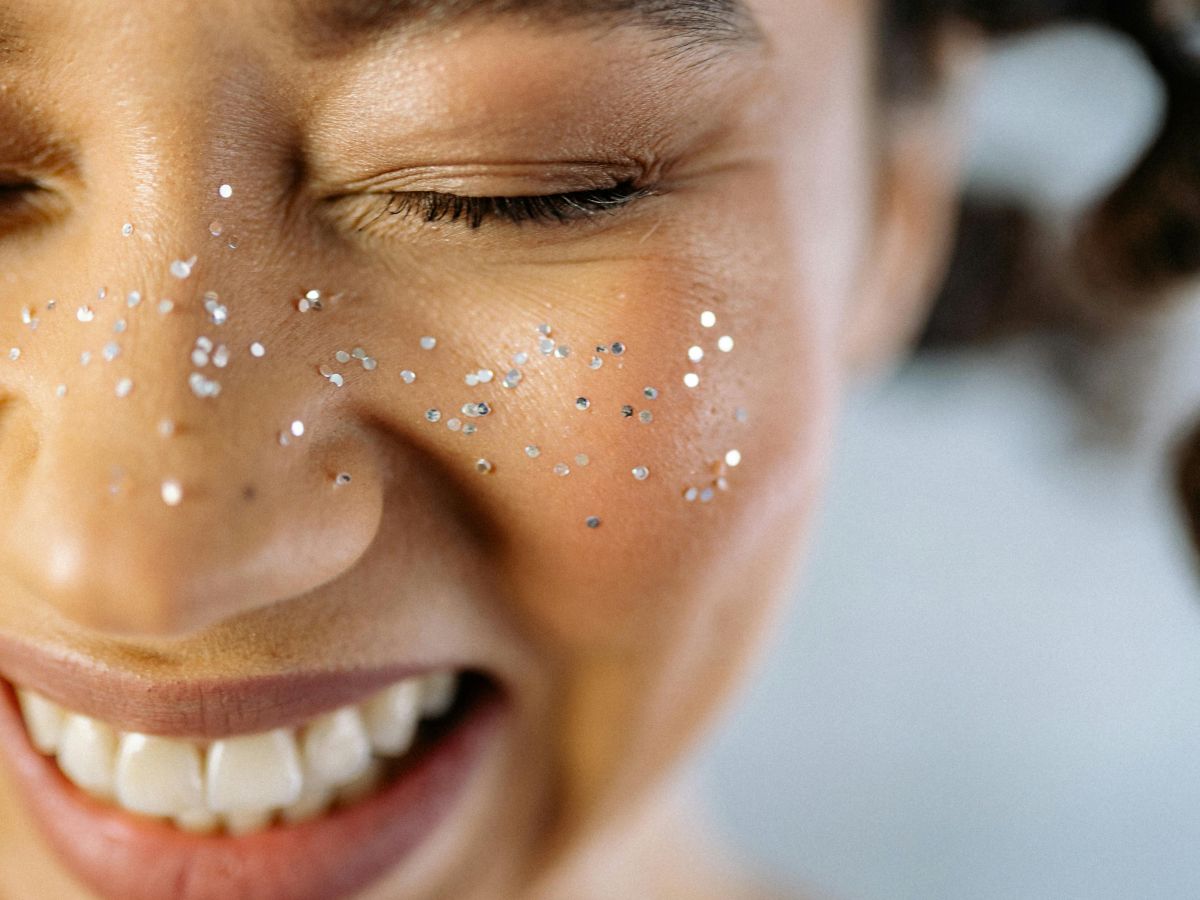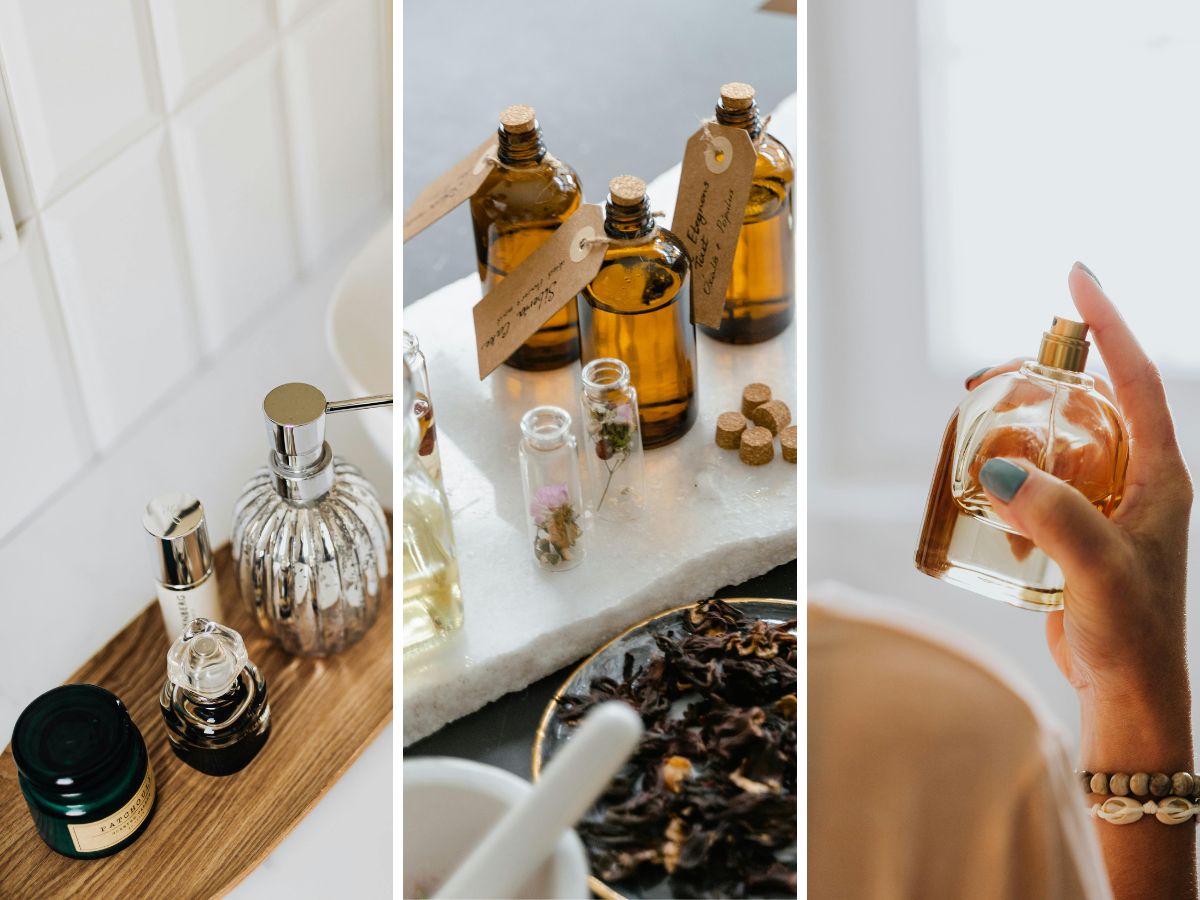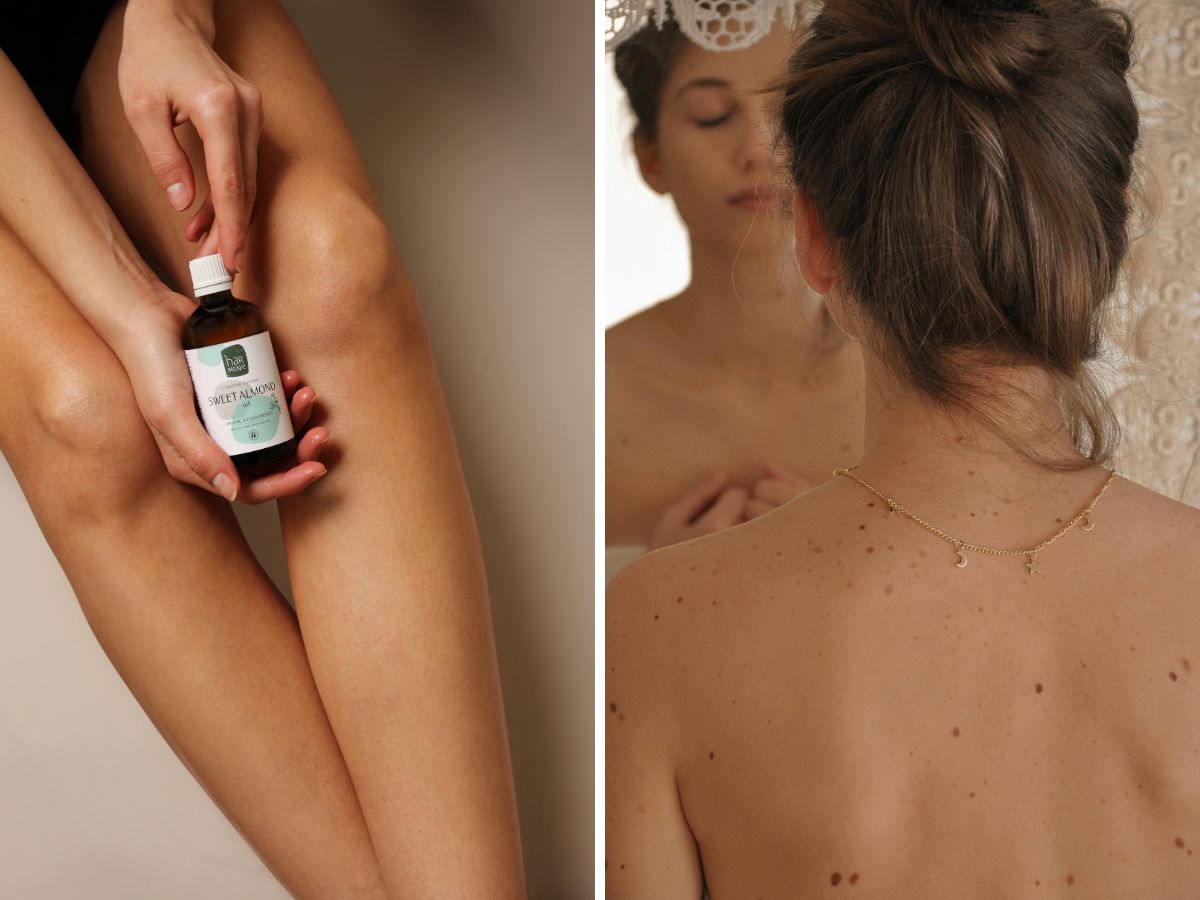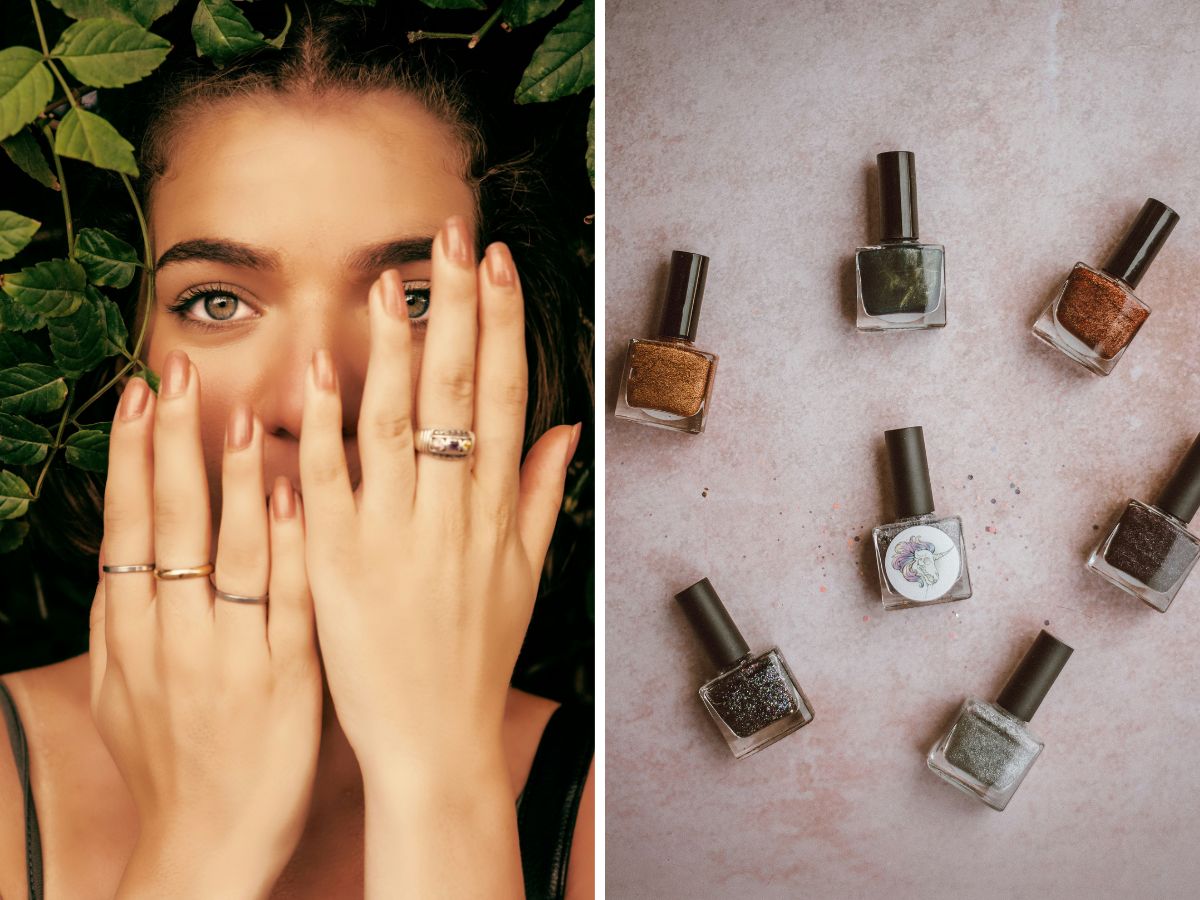‘A beautiful red lipstick and vegan too, that totally fits with a sustainable lifestyle.’ We regularly receive great tips from readers. But can you assume that a vegan lipstick is necessarily a sustainable choice?
How does red lipstick get that bright colour?
In collaboration with MÁDARA
A lipstick doesn't just give colour to your lips. The boost of self-confidence also gives colour to your state of mind. With a lipstick, you can literally and figuratively send a message; it is a form of self-expression. But where does that beautiful - often red - colour of lipstick come from? This is an important question if you want to choose lipstick more sustainably. The beauty industry uses roughly four different pigments. What you might encounter on your make-up table:
- Synthetic red: beautiful, bright colours like flaming red from petroleum. If you buy a vegan lipstick - especially a cheap one - chances are that a pinch of synthetic dye has been used. Conclusion: synthetic ingredient (made in a factory), probably not eco-friendly (although synthetic can also be an eco-friendly choice), but vegan.
- Red minerals: From red iron oxide you can get fantastic bronzy reds: from natural pink nudes to deep maroon reds. Iron oxides are regularly used as food and (vegan) make-up dyes. Conclusion: a natural ingredient, can be eco-friendly, depends on how the minerals were obtained.
- Plant pigments: there are (vegan) lipsticks based on plant pigments. They get the reds from plants like radish, sappan wood and berries. Conclusion: a natural ingredient, can be eco-friendly, depends on how the plants were grown.
- Carmine red: an organic (and natural) dye that can be used to make vivid red shades. Carmine is produced from ground dried cochineal lice. It takes about a hundred thousand killed lice to produce one kilogram of carmine. So carmine is a non-vegan, but it is allowed in natural and/or organically certified products. Conclusion: a natural ingredient, probably eco-friendly, not animal-friendly.
There is no such thing as the sustainable lipstick
Those different raw materials to give a red colour to lipstick show that there is no one sustainable choice. You need to know more about a product and its ingredients to judge whether it is a good choice. Not all natural ingredients are eco-friendly and not all synthetic ingredients are wrong. You really need to know more: how was it made? Your own ideals are also a deciding factor in making a choice that feels right for you. Some people think it is most important that make-up is vegan, while others insist on using certified products and find an animal product less of a problem. If you get a sustainable beauty tip, always ask why someone thinks this is a good sustainable tip. It doesn't have to be your sustainable tip.
My favourite long-lasting lipstick



A red lipstick with dye from plant pigments (radish).
My long-lasting lipstick tip is ‘Velvet Wear Matte Cream Lipstick’ by MÁDARA. But why? You have to ask me that now. I just think it's a fine lipstick. It spreads well, stays on well and I like the colour (number 32 ‘Warm Nude’) suit my skin well. Yes, I do feel that boost of confidence. Handy invention: magnetic cap! Never a broken or dirty lipstick in your handbag again. Besides, the colour comes from red minerals and plant pigments like radish and sappan wood. I trust that the ingredients have been sourced properly because the brand behind it has a sustainable mission. For example, their make-up is certified organic and vegan, the factories run on green electricity and they work with sustainable packaging such as recycled plastic and sustainable paper as much as possible. Curious? Check out more from MÁDARA! With the code GREENLIST20, you get 20% discount (not in combination with other actions).
More make-up tips from thegreenlist.nl
- Also see: Not easy: looking for eco-friendly make-up..
- Also see: mica, what exactly is that?
- Also see: The best beauty product storage tips.
- Also see: what is mascara made of and how do you find sustainable mascara?
- Also see: Why natural care is not necessarily a sustainable choice.
Source: All shades of red. Photo credits: Angela de Vlaming (main image), other: thegreenlist.nl, Madara Cosmetics.

